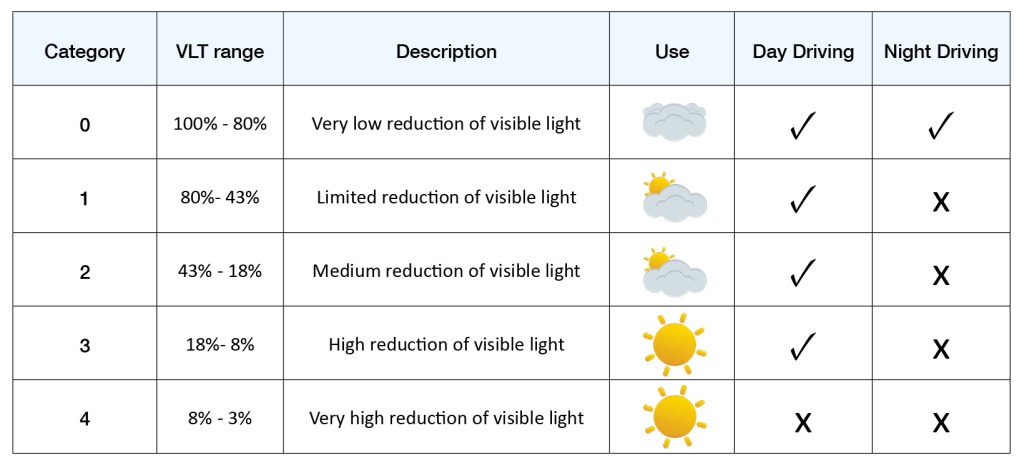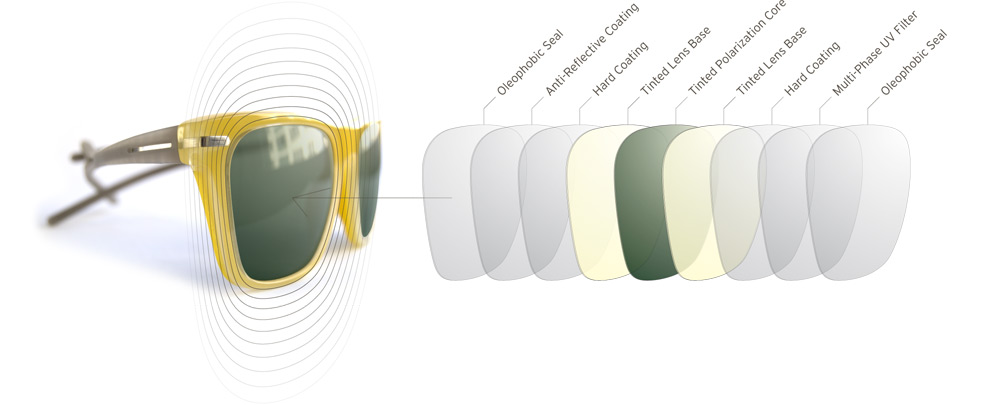Sunglasses come in many different shapes, colors, sizes, and lenses. When choosing the right pair of sunglasses for you, the types of lenses available should be one of your considerations. What follows are a few tips to help you choose the right lenses for your sunglasses.
Types of Lenses
Most sunglasses have three types of lenses, each of them geared towards a different function. You should consider the outdoor activities you are engaging in before making the decision to purchase.
Polarized: This type of lens is primarily designed to reduce glare. If you enjoy water sports or your eyes are sensitive to the effects of glare, then polarized glasses are for you. However, if you are considering sunglasses for driving, be aware that the windshield of your vehicle is probably tinted. Some types of tint will interfere with the polarized elements of your sunglasses.
The result is that it may create blind spots which can interfere with your driving. Or make the LCD readouts on your windshield or dashboard less visible. In such cases, mirrored sunglasses might be a better choice.
Photochromatic: This type of lens is designed to adjust to the amount of light that strikes the lens. The brighter the light, the darker the lens becomes. Conversely, under passing clouds or going indoors, the lens will become lighter so that more light enters. Such lenses work best under warm conditions in the outdoor environment.
Photochromatic lenses react to ultraviolet or UVB rays and change accordingly. This means that windshields which block UVB rays may prevent the photochromatic elements of the lens from working properly. Also, such lenses do not work well in cold conditions.
There are also sunglasses with interchangeable lenses, allowing you to pick the type of lenses that will work best under the expected conditions.
Which Sunglasses Lenses to Choose?
When shopping for sunglasses lenses, you should consider the types of lenses mentioned above and a few other factors as well.
VLT: Standing for Visible Light Transmission, the VLT scale tells you how much light will be let through the lenses. In general, 20% o 40% is ideal for most conditions.
 Tints:
Tints: The types of tints used will also determine how much light enters the lens. Dark tints such as brown, green, or gray are perfect for everyday use. Such lenses reduce glare and work in most conditions. Lighter tints such as gold, amber, and rose are best for snow sports, letting you see the contours of the landscape.
 Coatings:
Coatings: Many lenses are coated to protect against UV or ultraviolet light. But you can also choose sunglasses lenses that have anti-scratch, anti-fog, or hydrophobic coating that repels water.

Consider the materials the lenses are made from as well. Glass offers clarity but can be heavy and crack upon impact. Polyurethane and polycarbonate are generally the best overall materials, but acrylic is cheaper and less durable.
Sunglasses lenses are available in different types so you can find the one that best suits your needs. Remember to consider all the options before you choose a pair of
sunglasses. Not all sunglasses are alike, so you will need to go over the options before making your decision.


